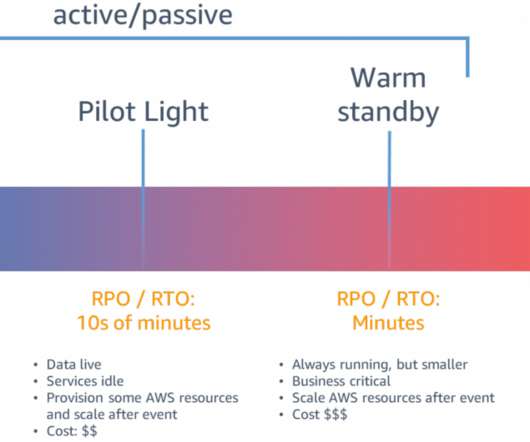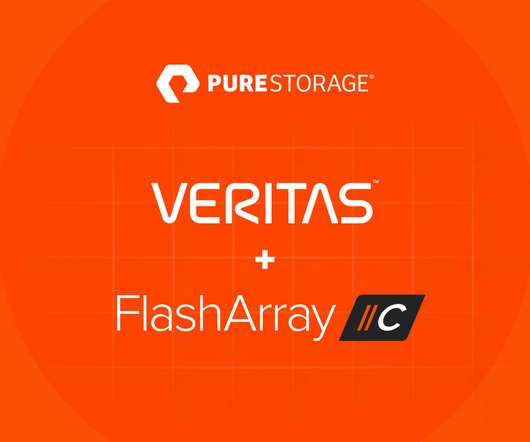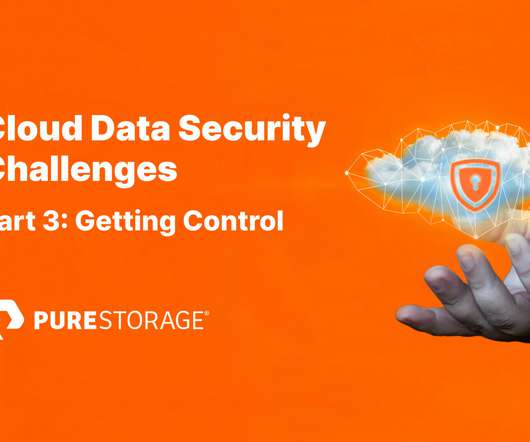Disaster Recovery (DR) Architecture on AWS, Part I: Strategies for Recovery in the Cloud
AWS Disaster Recovery
APRIL 5, 2021
We use the following objectives: Recovery time objective (RTO) : The maximum acceptable delay between the interruption of service and restoration of service. Recovery point objective (RPO) : The maximum acceptable amount of time since the last data recovery point. Recovery objectives: RTO and RPO. Pilot light.











Let's personalize your content